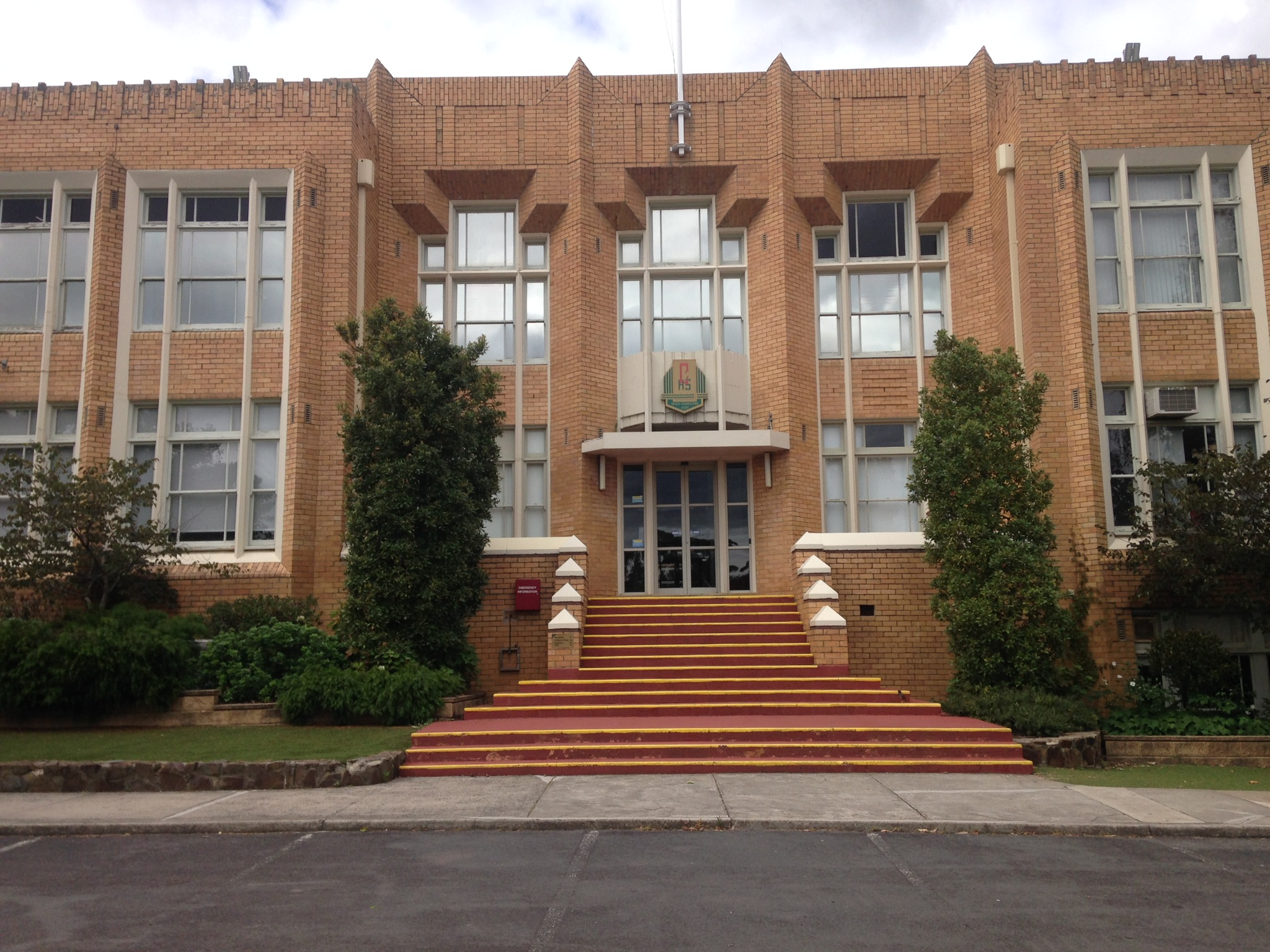|
Studentexamen
Studentexamen (Swedish for "students' examination" or "students' degree"), earlier also ''mogenhetsexamen'' ("maturity examination") was the name of the university entrance examination in Sweden from the 17th century to 1968. From 1862 to 1968, it was taken as a final written and oral exam on graduation from gymnasium (secondary school). In Finland the examination (Finnish: '' Ylioppilastutkinto'') still exists (Finland parted from Sweden 1809). The exam traces its origin to the academic statutes from 1655 requiring the dean to examine students arriving at university before allowing matriculation. According to the school reglement of 1693, a prospective student was to have gone through both a final examination at school and an entrance examination at university. The school reglement of 1724 allowed students without a final examination from school to enroll at university, provided a person known at the university would guarantee their behaviour, which led to it becoming common ... [...More Info...] [...Related Items...] OR: [Wikipedia] [Google] [Baidu] |
Student Cap
In various European countries, student caps of different types are, or have been, worn either as a marker of a common identity, as is the case in the Nordic countries, or to identify the wearer as a member of a smaller body within the larger group of students, as is the case with the caps worn by members of German , or student groups in Belgium. Belgium Belgian student caps can be divided into 2 main variants, the ''calotte'', worn by students at Roman Catholic universities and the ''penne'', worn by students at liberal/non-Catholic universities. Calotte The calotte originates from the skullcap worn by the Zouave papal regiment around 1860. The ''calotte'' is cylindrical, made from velvet and astrakhan (pelt of newborn lamb). The color of the top is bordeau red for the universities of Brussels, Leuven, Louvain-la-Neuve and Namur, white for the University of Ghent and emerald for the University of Liège. In the front of the ''calotte'' are stripes representing the Belgian ... [...More Info...] [...Related Items...] OR: [Wikipedia] [Google] [Baidu] |
Matriculation Exam (Finland)
The Finnish Matriculation Examination ( Finnish ''ylioppilastutkinto'', Swedish ''studentexamen'') is the matriculation examination taken at the end of secondary education to qualify for entry into university. In practice, the test also constitutes the high school's final exam(s), although there is a separate diploma on graduating from high school, based not on the exam, but on the grades of individual courses. Since 1919, the test has been arranged by a national body, the Matriculation Examination Board. Before that, the administration of the test was the responsibility of the University of Helsinki. Under a previous law, successful completion entitled one to enroll as a university student, initially without the need for an entrance exam (hence "matriculation"). Although the legal requirement has been lifted, matriculation without completing the test is still an exception. The universities are now free to arrange their own entrance examinations in addition to considering scores ... [...More Info...] [...Related Items...] OR: [Wikipedia] [Google] [Baidu] |
Ylioppilastutkinto
The Finnish Matriculation Examination ( Finnish ''ylioppilastutkinto'', Swedish ''studentexamen'') is the matriculation examination taken at the end of secondary education to qualify for entry into university. In practice, the test also constitutes the high school's final exam(s), although there is a separate diploma on graduating from high school, based not on the exam, but on the grades of individual courses. Since 1919, the test has been arranged by a national body, the Matriculation Examination Board. Before that, the administration of the test was the responsibility of the University of Helsinki. Under a previous law, successful completion entitled one to enroll as a university student, initially without the need for an entrance exam (hence "matriculation"). Although the legal requirement has been lifted, matriculation without completing the test is still an exception. The universities are now free to arrange their own entrance examinations in addition to considering scores f ... [...More Info...] [...Related Items...] OR: [Wikipedia] [Google] [Baidu] |
University
A university () is an institution of higher (or tertiary) education and research which awards academic degrees in several academic disciplines. ''University'' is derived from the Latin phrase ''universitas magistrorum et scholarium'', which roughly means "community of teachers and scholars". Universities typically offer both undergraduate and postgraduate programs. The first universities in Europe were established by Catholic Church monks. The University of Bologna (), Italy, which was founded in 1088, is the first university in the sense of: *being a high degree-awarding institute. *using the word ''universitas'' (which was coined at its foundation). *having independence from the ecclesiastic schools and issuing secular as well as non-secular degrees (with teaching conducted by both clergy and non-clergy): grammar, rhetoric, logic, theology, canon law, notarial law.Hunt Janin: "The university in medieval life, 1179–1499", McFarland, 2008, , p. 55f.de Ridder-Symoens, H ... [...More Info...] [...Related Items...] OR: [Wikipedia] [Google] [Baidu] |
History
History (derived ) is the systematic study and the documentation of the human activity. The time period of event before the History of writing#Inventions of writing, invention of writing systems is considered prehistory. "History" is an umbrella term comprising past events as well as the memory, discovery, collection, organization, presentation, and interpretation of these events. Historians seek knowledge of the past using historical sources such as written documents, oral accounts, art and material artifacts, and ecological markers. History is not complete and still has debatable mysteries. History is also an Discipline (academia), academic discipline which uses narrative to describe, examine, question, and analyze past events, and investigate their patterns of cause and effect. Historians often debate which narrative best explains an event, as well as the significance of different causes and effects. Historians also debate the historiography, nature of history as an end in ... [...More Info...] [...Related Items...] OR: [Wikipedia] [Google] [Baidu] |
Nordisk Familjebok
''Nordisk familjebok'' (, "Nordic Family Book") is a Swedish encyclopedia that was published in print from between 1876 and 1993, and that is now fully available in digital form via Project Runeberg at Linköping University. Despite their considerable age and relative obsolescence, the public domain editions of the encyclopedia remain important reference works in Finland, especially on Finnish Wikipedia. History First edition ''Nordisk familjebok'' began when Halmstad publisher hired an editor, linguist , in 1874 to publish a six-volume encyclopedia. Linder drew up a plan for the work, designed the editorial team and created a large circle of experts and literary figures, who submitted article proposals and wrote and reviewed them. Under Linder's direction, the articles were then edited to make them as formal, consistent and accurate as possible. Much attention was paid to Nordic subjects, mainly Swedish and Finnish, where sources and models were often lacking, so exte ... [...More Info...] [...Related Items...] OR: [Wikipedia] [Google] [Baidu] |
Education In Sweden
Education in Sweden is mandatory for children between ages 5/6 and 15/16 depending on when on the year they were born. The school year in Sweden runs from mid–late August to early/mid–June. The Christmas holiday from mid–December to early January divides the Swedish school year into two terms. Preschool is free for all families. The year children turn six they start the compulsory preschool class (), which acts as a transition phase between preschool and comprehensive schools. Children between ages 5/6 and 15/16 attend comprehensive school where a wide range of subjects are studied. All students study the same subjects, with exception for different language choices. The majority of schools are run municipally, but there are also privately owned schools, known as independent schools. Almost all students continue studying in three-year-long upper secondary schools where most students choose one out of 18 national programmes, some of which are vocational and some preparatory. ... [...More Info...] [...Related Items...] OR: [Wikipedia] [Google] [Baidu] |
Studenter-eksamen
The Danish gymnasium offers a 3-year general academically-oriented upper secondary programme which builds on the 9th-10th form of the ''Folkeskole'' and leads to the upper secondary school exit examination (the ''studentereksamen''). This qualifies a student for admission to higher education Preparatory, subject to the special entrance regulations applying to the individual higher education programmes. Colloquially, ''gymnasium'' refers to what is formally called ''STX''. Apart from the common academic gymnasium, there are other types of occupation-oriented upper secondary education in Denmark. The main ones are ''højere handelseksamen'' or HHX ("Higher Commercial Examination Programme"), ''højere teknisk eksamen'' or HTX ("Higher Technical Examination Programme"), and ''højere forberedelseseksamen'' or HF ("Higher Preparatory Examination Programme"). Gymnasium Types of Institutions , an academically-oriented general upper secondary education which leads to an uppe ... [...More Info...] [...Related Items...] OR: [Wikipedia] [Google] [Baidu] |
SAOB
A complete set of ''Svenska Akademiens ordbok'', as of late 2014. The majority of the volumes remain unbound in this set. ''Svenska Akademiens ordbok'' (), abbreviated SAOB, is a dictionary published by the Swedish Academy, with the official title ''Ordbok över svenska språket utgiven av Svenska Akademien''. This dictionary is the Swedish counterpart of the ''Oxford English Dictionary'' (OED) or the ''Deutsches Wörterbuch The ''Deutsches Wörterbuch'' (; "The German Dictionary"), abbreviated ''DWB'', is the largest and most comprehensive dictionary of the German language in existence. [...More Info...] [...Related Items...] OR: [Wikipedia] [Google] [Baidu] |
Secondary School
A secondary school describes an institution that provides secondary education and also usually includes the building where this takes place. Some secondary schools provide both '' lower secondary education'' (ages 11 to 14) and ''upper secondary education'' (ages 14 to 18), i.e., both levels 2 and 3 of the ISCED scale, but these can also be provided in separate schools. In the US, the secondary education system has separate middle schools and high schools. In the UK, most state schools and privately-funded schools accommodate pupils between the ages of 11–16 or 11–18; some UK private schools, i.e. public schools, admit pupils between the ages of 13 and 18. Secondary schools follow on from primary schools and prepare for vocational or tertiary education. Attendance is usually compulsory for students until age 16. The organisations, buildings, and terminology are more or less unique in each country. Levels of education In the ISCED 2011 education scale levels 2 and ... [...More Info...] [...Related Items...] OR: [Wikipedia] [Google] [Baidu] |

.jpg)


.jpg)
